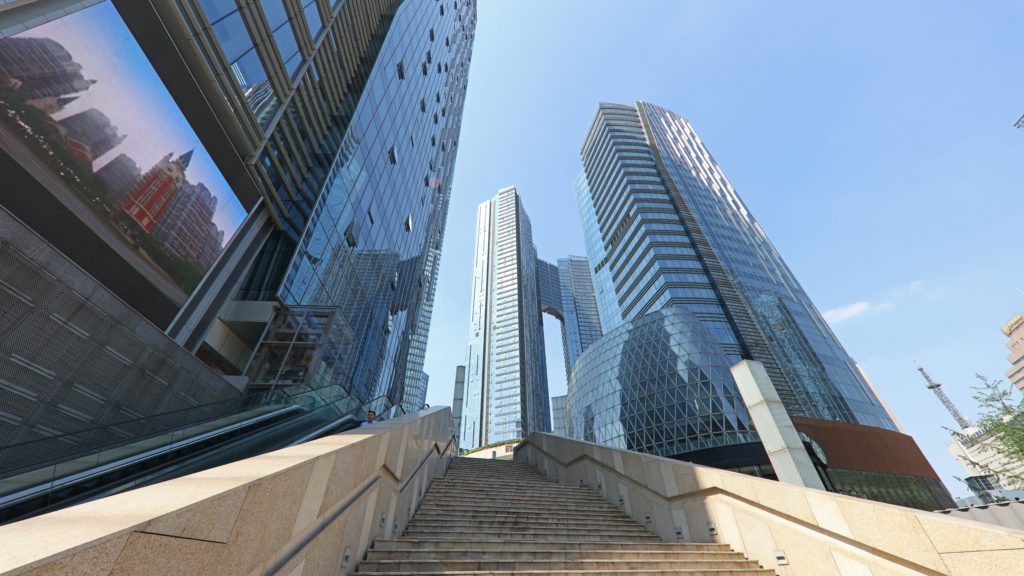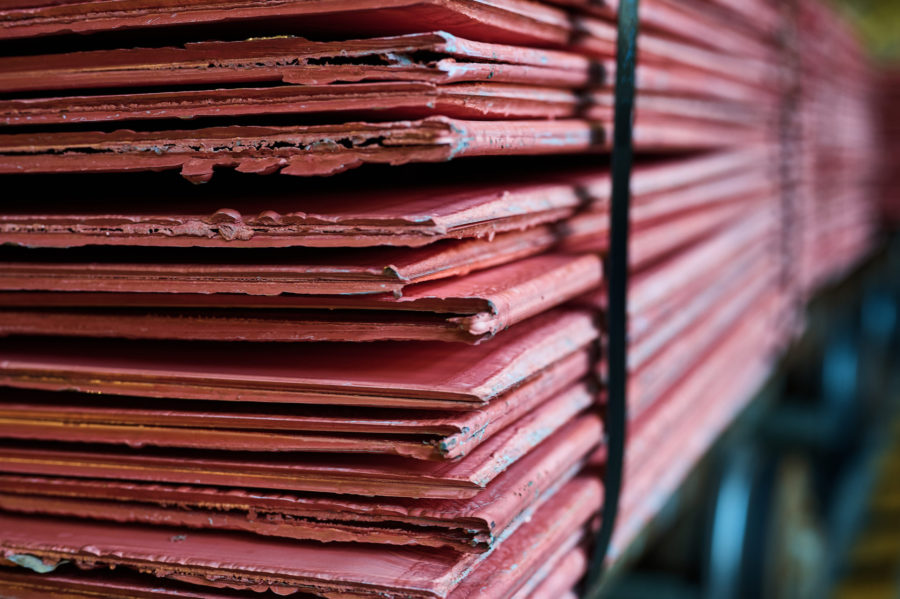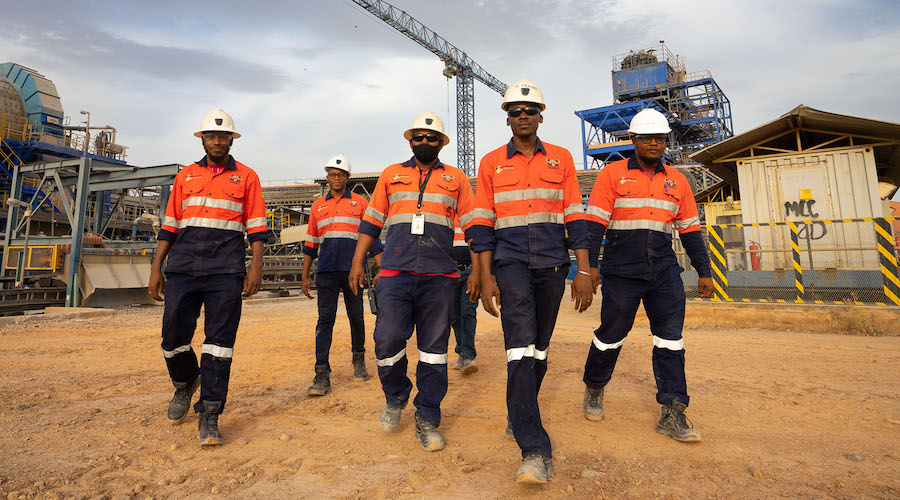Iron ore price back above $100 after Evergrande debt deal

Iron ore price jumped on Wednesday after China Evergrande Group said it reached an agreement with yuan bondholders on an interest payment.
January iron ore on China’s Dalian Commodity Exchange ended daytime trading 3.7% higher at 668.50 yuan ($103.41) a tonne.
The recent deal brought some relief after fears over Evergrande’s financial stability sparked a global flight from risk.
Related read: Mining stocks carnage as iron ore, copper prices fall
The amount due for the domestic bond is estimated to be $35.9 million. However, the world’s most indebted developer is also due to make an $83.5 million interest payment on an overseas bond on Thursday.
China’s central bank also boosted short-term cash into the financial system, helping steady commodity markets.
Headwinds
Analysts warn that China’s steel sector still faces prolonged headwinds.
Iron ore has plunged 60% from a record above $230 a tonne in May. Curbs on steel output, alongside a property crackdown and concerns about a power shortage, have hammered iron ore demand in China.
“With a continuous rollout of energy-consumption curbs, mill maintenance works have been expanding, and volumes of construction steel, in particular, have slid massively,” said Haitong Futures Co. analyst Qiu Yihong.
China’s steel-producing province Yunnan asked local mills last week to adjust production schedules while ensuring that its 2021 crude steel output falls. Jiangsu — a province with an economy as large as Canada’s — has also curbed electricity supplies to firms including mills.
As a consequence, iron ore will come under more pressure, falling to $80 to $90 a tonne heading into next year, UBS Group AG strategist Wayne Gordon said.
“This is probably the last hurrah in terms of that fundamental growth in steel demand,” Australia & New Zealand Banking Group Ltd. analyst Daniel Hynes said in a Bloomberg Television interview on Tuesday.
“There is no relief on production cut pressure, as the government is asking more provinces around Beijing to cut their steel production to improve air quality ahead of the Winter Olympics next year,” ANZ senior commodity strategist Daniel Hynes said.
So far, iron ore has averaged about $178 a tonne this year, according to Mysteel Global figures. UBS now expects the full-year average to decline to $163 a tonne and forecasts just $89 for next year. Liberum Capital Ltd. is forecasting $93 a tonne next year.
The Bank of America’s global research team is also lowering its price forecast for iron ore fines in 2022 by 45% to $91 per tonne (down from its previous forecast of $165 per tonne).
For this year BofA has cut its price forecast by 16.6% to $157 per tonne from $188 per tonne.
“China’s policy to “force” steel production -10% during the period August-December puts the iron ore market into surplus,” BofA analysts wrote in a research note to clients.
“Barring a change in this policy stance, we don’t see any reason why iron ore shouldn’t trade down to marginal cost (c. $80/t), particularly as “blue sky” policies loom in early 2022 for China’s winter Olympics.”
As demand wanes, miners are rushing to export iron ore to meet full-year targets. Vale SA’s shipments jumped 12% week-on-week, and Brazil cargoes should continue rising into the year-end, according to vessel-tracking data from UBS.
The bearish outlook for iron ore has prompted UBS to cut its recommendation for Fortescue Metals Group and Vale to ‘sell’.
(With files from Reuters and Bloomberg)
More News
Trump weighs imposing copper import tariffs in weeks, not months
Trump has threatened to impose a duty of as much as a 25% on all copper imports.
March 26, 2025 | 07:21 am
Mali expects rise in gold output in 2025 on reopened Barrick operations
Mali is forecasting a slight recovery in industrial gold output in 2025 on the assumption that mining giant Barrick Gold (TSX: ABX)(NYSE: GOLD) will resume […]
March 26, 2025 | 04:32 am
{{ commodity.name }}
{{ post.title }}
{{ post.excerpt }}
{{ post.date }}



Comments